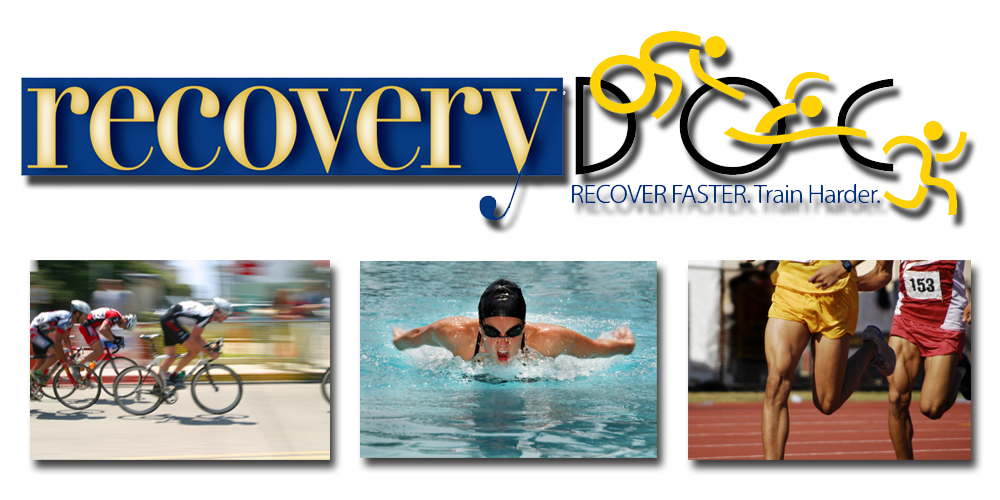Do Compression Garments Enhance the Active Recovery Process after High-Intensity Running?
by
Lovell, DI, Mason, DG, Delphinus, EM, and McLellan, CP. Do compression garments enhance the active recovery process after high-intensity running? J Strength Cond Res 25(12): 3264–3268, 2011—
This study examined the effect of wearing waist-to-ankle compression garments (CGs) on active recovery after moderate- and high-intensity submaximal treadmill running.
Twenty-five male semiprofessional rugby league players performed two 30-minute treadmill runs comprising of six 5-minute stages at 6 km·h−1, 10 km·h−1, approximately 85% V̇O2max, 6 km·h−1 as a recovery stage followed by approximately 85% V̇O2max and 6 km·h−1 wearing either CGs or regular running shorts in a randomized counterbalanced order with each person acting as his own control. All stages were followed by 30 seconds of rest during which a blood sample was collected to determine blood pH and blood lactate concentration [La−]. Expired gases and heart rate (HR) were measured during the submaximal treadmill tests to determine metabolic variables with the average of the last 2 minutes used for data analysis.
The HR and [La−] were lower (p ≤ 0.05) after the first and second 6 km·h−1 recovery bouts when wearing CGs compared with when wearing running shorts. The respiratory exchange ratio (RER) was higher and [La−] lower (p ≤ 0.05) after the 10 km·h−1 stage, and only RER was higher after both 85% V̇O2max stages when wearing CGs compared with when wearing running shorts.
There was no difference in blood pH at any exercise stage when wearing the CGs and running shorts. The results of this study indicate that the wearing of CGs may augment the active recovery process in reducing [La−] and HR after high-intensity exercise but not effect blood pH. The ability to reduce [La−] and HR has important consequences for many sports that are intermittent in nature and consist of repeated bouts of high-intensity exercise interspersed with periods of low-intensity exercise or recovery.











.JPG)




